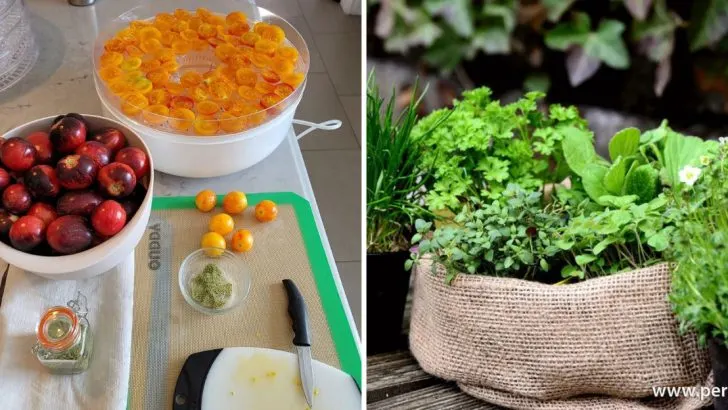Permaculture design is a sustainable approach to creating harmonious systems that work with nature rather than against it. Rooted in ethics and principles, permaculture offers practical methods for designing gardens, homes, and communities that are productive and resilient.
Whether you’re new to the concept or looking to refine your understanding, these 10 key principles of permaculture design provide a strong foundation to get you started on your journey toward sustainable living.
Observe and Interact
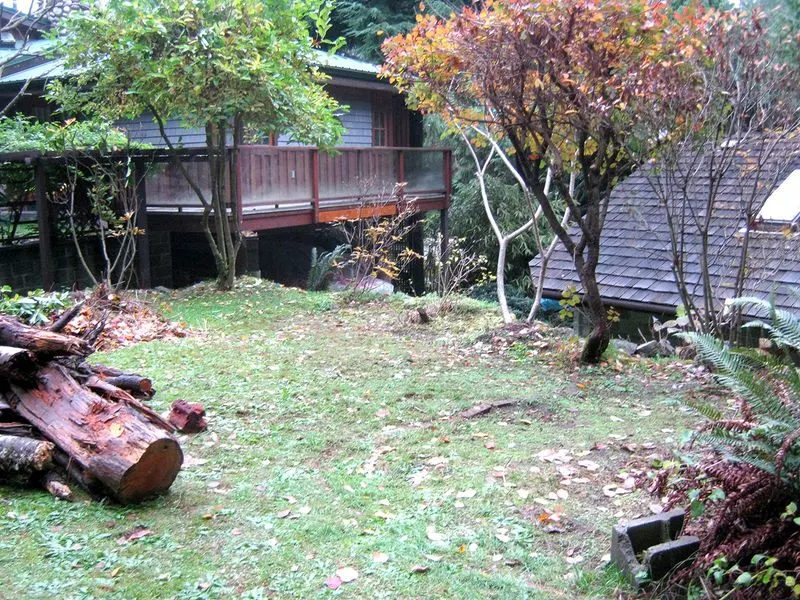
Engaging with your environment is the cornerstone of permaculture. Observing and interacting with nature allows you to understand the unique characteristics of your landscape. By spending time watching how ecosystems function, you can adapt your designs to work in harmony with natural processes.
Notice how water flows, which areas get the most sunlight, and how wildlife interacts with plants. These insights help you make informed decisions that align with natural rhythms, fostering a more resilient and productive space. Observation is not just a one-time task but a continuous process that evolves with your garden.
Catch and Store Energy
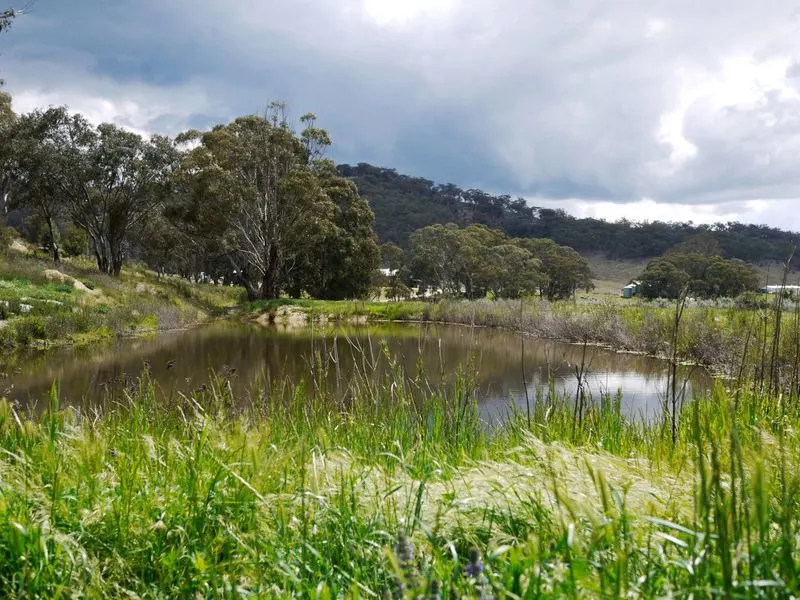
Harnessing and storing energy in all its forms is vital for a sustainable garden. This means capturing sunlight with solar panels, storing rainwater in barrels, or even composting organic waste to recycle nutrients. By preserving these resources, you ensure that your garden can thrive even when external conditions are less favorable.
Efficient energy capture reduces dependency on external resources, making your permaculture system more self-reliant. This principle encourages you to be creative in finding ways to optimize energy use, turning potential waste into valuable resources for your garden.
Obtain a Yield
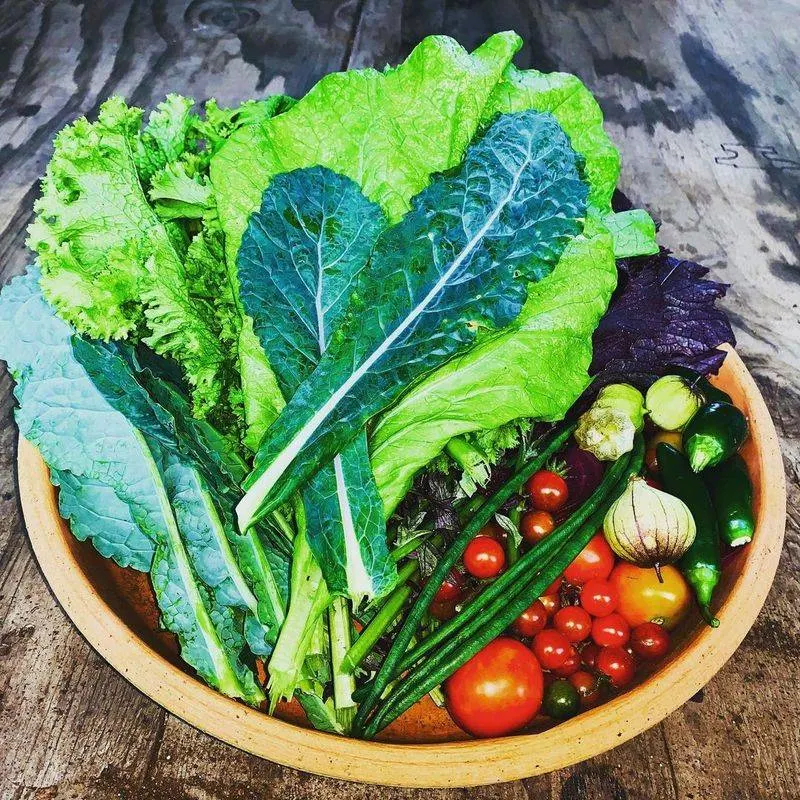
Every element in your system should provide a benefit, ensuring that your efforts yield tangible results. This could be fresh produce, medicinal herbs, or even community connections. By focusing on obtaining a yield, you create a sense of purpose and motivation to maintain your garden.
Regular harvests provide immediate rewards and contribute to the long-term sustainability of your permaculture project. Celebrating these yields reinforces the interconnectedness of the system. It reminds us that with thoughtful planning, our gardens can offer much more than we initially imagine.
Apply Self-Regulation and Accept Feedback

Self-regulation and feedback are crucial for a thriving permaculture design. By monitoring your garden’s progress and accepting constructive feedback, you can make necessary adjustments. This may involve changing planting techniques, altering water usage, or reassessing pest management strategies. Continuous learning from both successes and failures leads to more resilient practices.
This principle emphasizes adaptability, encouraging you to remain open to new ideas and methods. Embracing feedback fosters a dynamic relationship with your environment, allowing your garden to evolve in response to changing conditions and insights.
Use and Value Renewable Resources
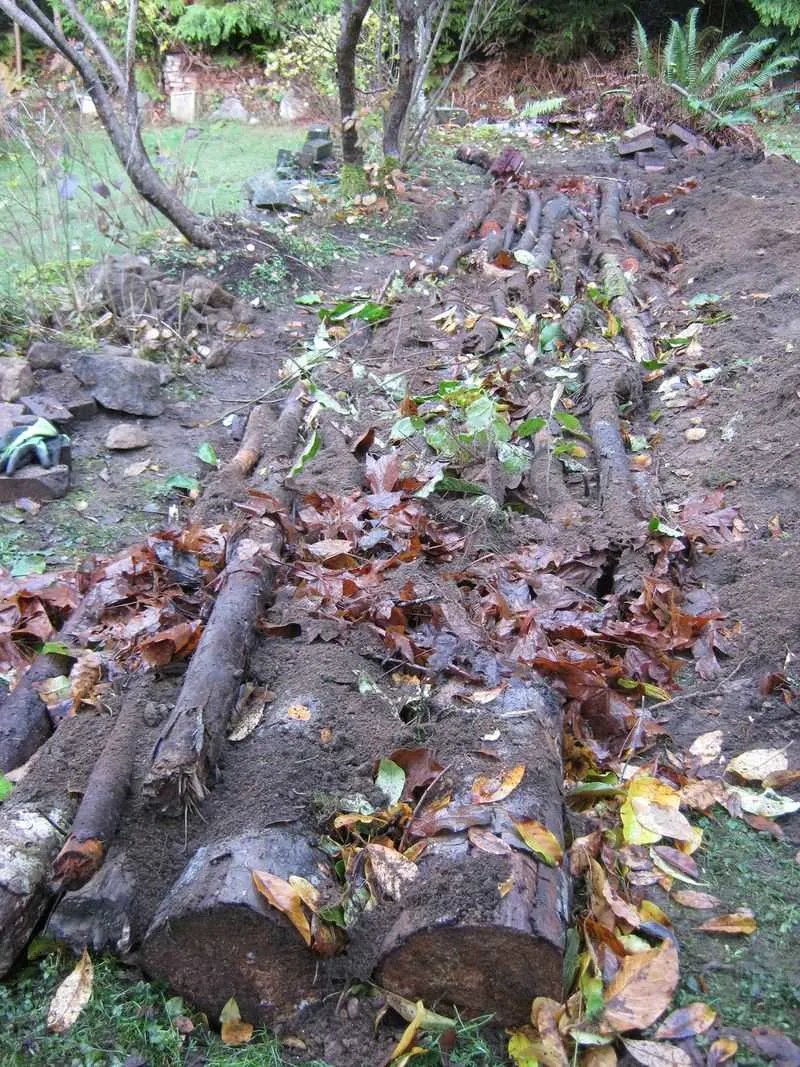
Sustainability thrives on renewable resources. By using natural fertilizers, planting native species, and incorporating renewable energy sources, you reduce your environmental footprint. This approach not only supports the health of your garden but also contributes to the wider ecosystem.
Choosing materials and practices that regenerate over time ensures that your permaculture design remains viable for future generations. Valuing renewable resources encourages innovation in garden management, helping you discover sustainable solutions that align with ecological principles. It’s a commitment to nurturing life in harmony with the natural world.
Produce No Waste
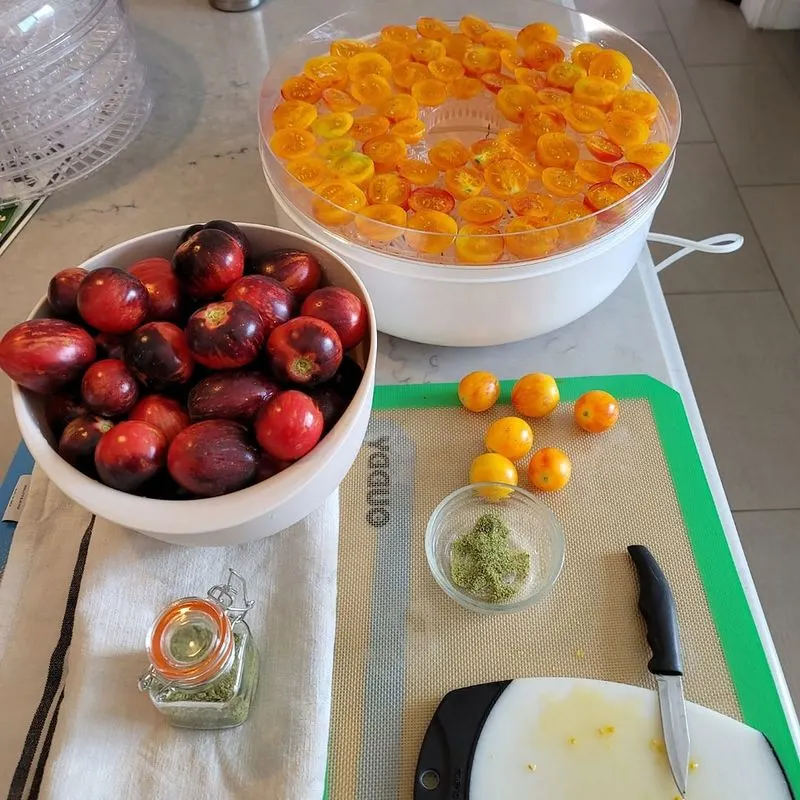
In permaculture, waste is simply a resource out of place. By adopting a mentality of reuse and recycle, you can turn potential waste into productive assets. Composting kitchen scraps and garden waste enriches soil, enhancing plant growth.
Reusing materials whenever possible reduces the need for new resources, promoting a sustainable lifestyle. This principle challenges you to see waste as an opportunity for creativity and growth. By closing the loop on waste, you contribute to a circular economy, where every output is thoughtfully repurposed, minimizing environmental impact and fostering ecological balance.
Design from Patterns to Details
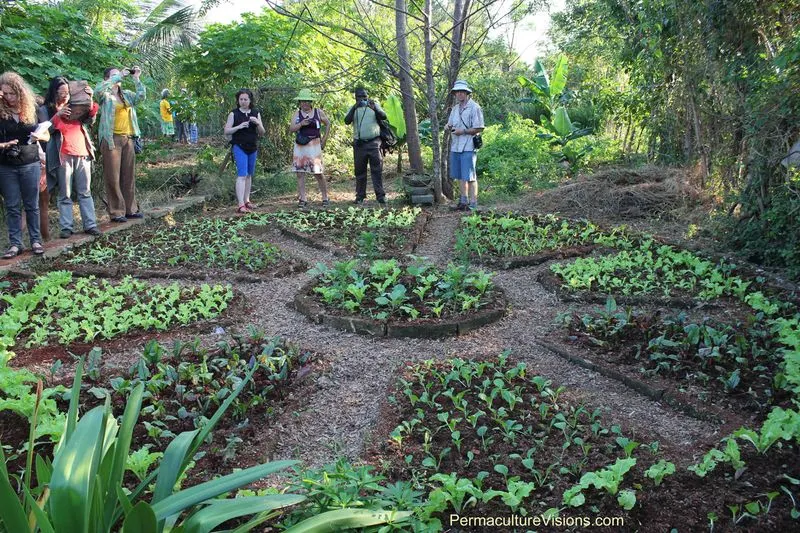
Understanding natural patterns and applying them to your garden design ensures harmony and efficiency. By recognizing patterns such as wind direction, water flow, and seasonal changes, you can create layouts that maximize productivity and resilience.
This principle encourages you to step back and observe the bigger picture before focusing on finer details. Starting with broad strokes allows for flexibility and adaptation, ensuring that your design can evolve over time. By aligning with natural patterns, your garden becomes a cohesive unit, integrating seamlessly with the surrounding environment.
Integrate Rather Than Segregate
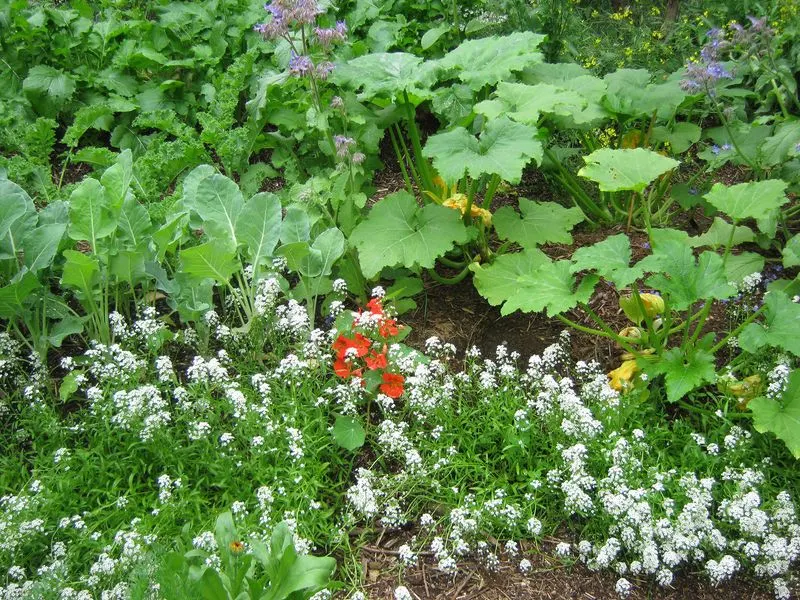
Permaculture thrives on cooperation and synergy. By integrating plants, animals, and people, you create a balanced ecosystem where each element supports others. Companion planting, for instance, enhances growth by placing mutually beneficial species together.
This principle promotes diversity, reducing the risk of pest infestations and disease. By fostering a collaborative environment, you enhance productivity and resilience. Integration goes beyond the garden to include community involvement, encouraging shared knowledge and resources. This interconnected approach results in a thriving, dynamic system that benefits all participants.
Use Small and Slow Solutions
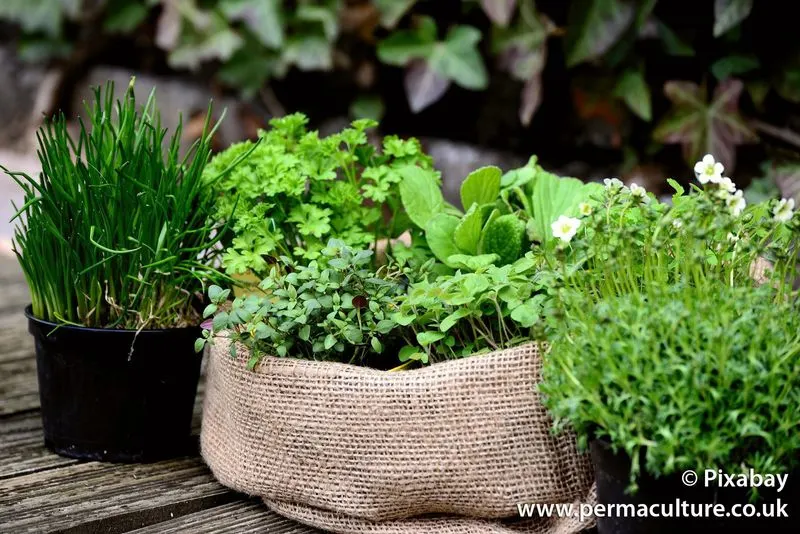
Taking small, deliberate steps can lead to significant improvements in your permaculture design. By starting with manageable projects, you minimize risk while maximizing learning opportunities. This approach allows you to fine-tune techniques and adapt to challenges without feeling overwhelmed. Patience and attention to detail are rewarded with sustainable success.
Small-scale solutions often have long-term benefits, as they are easier to maintain and adjust. This principle encourages mindfulness and gradual growth, fostering a deep connection with your garden over time. It is a reminder that meaningful change often begins with simple actions.
Use and Respond to Change Creatively

Change is inevitable, and adapting to it with creativity ensures the success of your permaculture garden. Whether it’s shifting weather patterns or evolving plant needs, flexibility is key. By experimenting with new techniques and plant varieties, you can find innovative solutions that enhance resilience.
This principle encourages you to welcome change as an opportunity for growth rather than a setback. Embracing innovation leads to a dynamic, responsive garden that thrives under varying conditions. Viewing change as a creative force empowers you to continually refine and improve your permaculture practices, resulting in a vibrant and sustainable environment.

